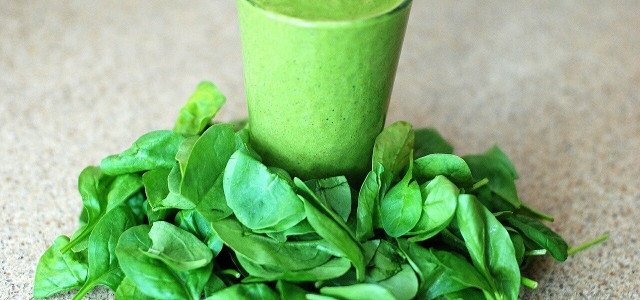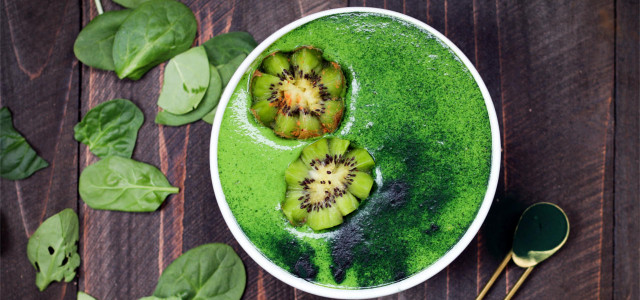Pea protein is a trendy supplement that you’ll often find in smoothies. In this article, you’ll learn about what pea protein is, exactly, and how you can use it.
Pea protein has been growing increasingly popular over the past several years. You may have seen it listed as an ingredient in a protein bar, or as part of a smoothie. But what is pea protein, how is it different from other protein powders, and how can you use it?
What is Pea Protein?
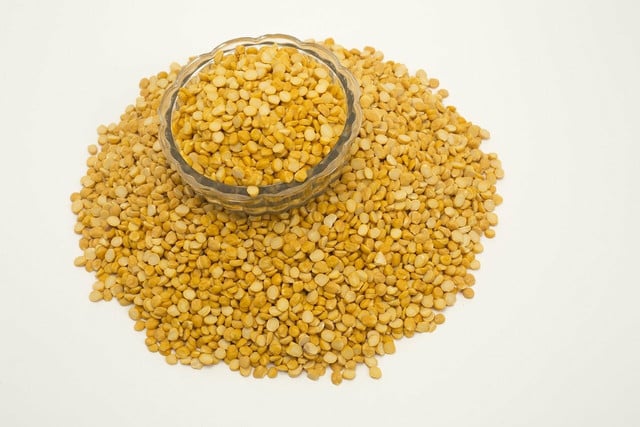
Pea protein is a plant-based protein supplement that is extracted from yellow peas. Farms across the U.S. grow yellow peas, but production is particularly concentrated in northern states such as Montana and North Dakota. This can make it a great, locally-grown staple in many parts of the country.
Pea protein is compatible with many different diets, which may explain its growing popularity. In addition to being suitable for vegetarians and vegans, pea protein does not contain any of the FDA’s eight major food allergens: milk, tree nuts, peanuts, eggs, fish, wheat, shellfish, or soybeans. It is therefore suitable for people with many different kinds of dietary restrictions.
The Health Benefits of Pea Protein
Pea protein is a nutrient-rich protein source, especially for those who are following a vegetarian or vegan diet. Unlike many other plant-based proteins, pea protein is considered a complete protein, meaning it contains all nine of the essential amino acids, which the human body cannot produce on its own. Additionally, pea protein is relatively rich in iron — a mineral that is often difficult to include in a plant-based diet. This makes pea protein a great food to incorporate into vegetarian or vegan diets.
In addition to these nutritional benefits, pea protein may also have some unexpected health benefits. For example, one study found that consuming pea protein for three weeks lowered blood pressure in both humans and rodents. Another study found that pea protein may play a role in lowering cholesterol, at least in rodents. Although scientists do not fully understand why pea protein has these effects yet, these findings are promising. Individuals with heart conditions or high cholesterol may therefore benefit from using pea protein to manage their conditions.
Pea Protein vs. Other Protein Sources
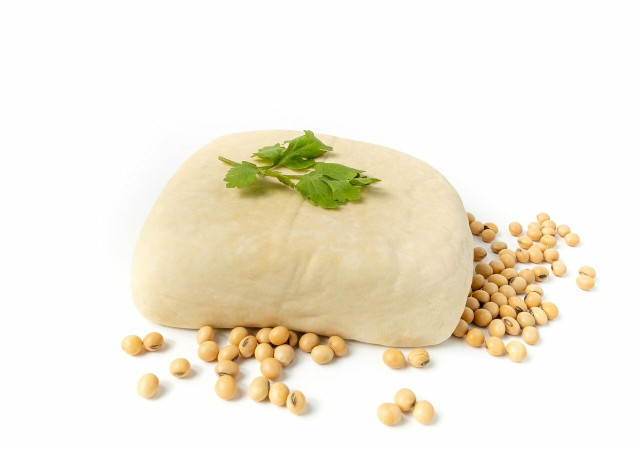


Pea protein has many advantages compared to other sources of protein. Firstly, plant-based protein diets are generally correlated with better health outcomes compared to animal-based protein diets, including lower rates of cancer and improved digestive health, according to scientists. They are also more environmentally friendly, and so choosing plant-based proteins is a great way to reduce your impact on the planet.
Even compared to other plant-based proteins, pea protein has some advantages. For example, although soy forms the basis of many vegetarian and vegan meat substitutes, it can have low amounts of the nine essential amino acids. Pea protein is also one of the easiest plant-based proteins to digest. Furthermore, it dissolves more easily in water compared to other vegan protein powders like hemp, making it perfect for smoothies and shakes.
Pea protein is also great for people who are trying to build muscle mass. In one experiment, researchers found that consuming pea protein was just as effective in promoting muscle growth as whey protein. For this reason, it’s also a great option for people who are interested in improving their athletic performance.
Are There Negative Effects of Pea Protein?



While pea protein has all of these amazing benefits, there are some drawbacks that you will need to consider when incorporating it into a balanced diet.
- Pea protein is less nutritional compared to whole peas. For example, pea protein, unlike whole peas, lacks fiber and carbohydrates, which are also essential features in a healthy diet.
- Like many plant-based foods, it is also more difficult for your body to absorb some nutrients from pea protein. This issue, however, can be remedied by pairing pea protein with complementary foods. For example, pairing pea protein with foods rich in vitamin C — such as citrus fruits — can promote iron absorption.
- Although pea protein is considered a complete protein, it is relatively low in methionine, one of the nine essential amino acids. You should therefore eat a mixture of protein sources in order to make up for potential deficiencies. For example, you could pair pea protein with organic eggs or brown rice, both of which are high in methionine.
- Pea protein is also quite high in sodium. For this reason, individuals who are avoiding sodium for health reasons should only consume pea protein in moderate amounts.
Like all supplements, pea protein won’t be able to meet your nutritional needs in the same way as a balanced diet consisting of whole foods. If you do choose to incorporate pea protein into your diet, make sure that it is only an addition to a well-rounded diet. And make sure to pair it with complementary foods so that you are making up for any nutritional deficiencies.
How to Use Pea Protein
Pea protein is a versatile protein powder that you can use in many different ways. The most common way of using it is in a smoothie or a shake, but there are many other options as well. For example, you could incorporate it into a baking recipe in order to add a kick of protein to a sweet snack, or you could add it to your morning oats for a nutritious start to the day. Below, you’ll find an easy recipe for a blueberry pea protein smoothie, which you can have for breakfast or as an afternoon pick-me-up.
Blueberry Pea Protein Smoothie
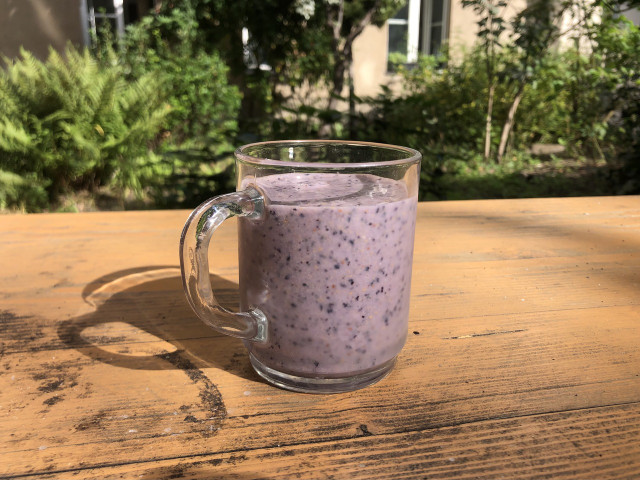


- Prep time: 3 minutes
- Cook time: 2 minutes
- Yield: 2 servings
Ingredients:
- 5.3 oz frozen blueberries
- 1 tbsp almond butter
- 2 tbsp vanilla-flavored pea protein
- 2.5 cups almond milk
- 1.5 tsp chia seeds
Instructions:
- Add the frozen blueberries, almond butter, pea protein, and almond milk to your blender. You can substitute almond butter for peanut butter, but I prefer the former because I find that it adds a richer flavor. You can of course substitute almond milk with any other plant milk as well.
- Blend on high speed until thoroughly mixed. This should take less than a minute.
- Add chia seeds if desired, and blend again at low speed until they are mixed in well.
- Pour into a glass, and enjoy!
Read more:
- The Vegan Food Pyramid: 6 Steps to a Balanced Vegan Diet
- Vegan Yogurt Recipe for a Plant-Based Breakfast
- Going Vegan: 5 Simple Steps Towards Veganism
Important Information regarding Health-related Topics.
** Links to retailers marked with ** or underlined orange are partially partner links: If you buy here, you actively support Utopia.org, because we will receive a small part of the sales proceeds. More info.Do you like this post?






